Energy security is a cornerstone of our economy. But just as COVID-19 is challenging many of our daily operations, the energy sector is likewise impacted by the disruption of a pandemic.
With strict lockdown regulations significantly slowing or stopping people and goods from moving, there has been a dramatic decrease in demand for transport fuels. And with restaurants, shopping malls and office buildings turning off their lights, energy use has plummeted. Already this year, global energy demand has dropped by nearly 4%. And use is predicted to drop at least 6% before the end of 2020.
But the pandemic could prove to be a launching point for the renewable energy sector to build resiliency and lead our world into a greener future. Low operating costs are advantageous in a crisis, as is the ability to access multiple power systems. In a world where staying at home with reliable energy is critical, and keeping hospitals operational is imperative, renewable power offers security that other energy sources cannot provide.
Related Content: Learn how energy grids are empowering communities and consumers to elect power that represents their needs.
Lockdowns bring new challenges and opportunities
As governments continue to discuss and support stimulus plans for economic recovery, renewable energy could find itself center stage. And leaders that are ready to offer local energy sourcing options could be the frontrunner as the economy recovers. Here’s a great resource for solar energy generation by state.
Of course, solar panels and other renewable energy equipment depends on imported materials, with 40% of the global solar sector’s imports and more than 60% of global wind materials coming from China and other Southeast Asian countries. With factory quarantines and tariffs impacting the supply chain, energy businesses should look into diversifying their supply chains now to avoid disruptions in the future.
Even with the materials readily available, social distancing has made installation and sales visits difficult. And businesses that were pursuing renewable energy at the beginning of this year may no longer be able to foot the bill on such a large investment after enduring months of scaled-back operations or outright closures. This not only hinders tax incentive program timelines, but has resulted in nearly 600,000 layoffs in the clean energy sector across the nation.
But with many consumers feeling uncertainty about the future, they are likely to explore a blend of energy sources that could lead into a slow transition toward full sustainability. And the timelines for tax incentive programs could be next on the Congressional table as economy recovery conversations continue. In the meantime, smaller energy businesses struggling under the current disruption and larger businesses looking to control their share of the market could both find mergers and acquisitions advantageous for the future.
Looking to a more sustainable future
While renewable energy has not gained fast traction in 2020, projects at the beginning of the year were strong. In fact, the Energy Information Administration (EIA) forecasted an addition of 13.5 GW to the total solar capacity in the U.S. This type of projection shows a strong presence in the energy market that will still exist when the pandemic has calmed. Even with 40% of scheduled wind and solar capacity having been delayed for the rest of 2020, it’s worth noting that the demand existed and will exist again. And with the low interest rates currently available, energy businesses should be using this opportunity to lock in quotes for future installations.
Related Content: See how innovative Minnesota farmers are leading the Midwest into solar energy production.
Since 2010, renewables have made up 84% of new electricity generation in Minnesota. And some local cities are now using renewable power sources to bring people together during a time of social distancing. Northfield, Minnesota has created a city-wide challenge to find 100 new households to source their electricity from 100% renewable sources. These small-scale movements, with the right traction, could provide a glimpse into how communities can make the transition to sustainable energy. The world will not adopt renewable sources overnight. But as small populations transition their energy mindset, the trend will only continue to drive upward.
Using COVID-19 disruptions to adopt new energy practices
All energy businesses will have to increase their agility, adopt new technologies, allow for a flexible workforce and maintain the new standard for health and safety compliance to move forward. But innovation, especially in respect to community markets, could benefit leaders well into the future.
Looking to expand the new energy industry?
Explore our energy insights for emerging models and communications tactics that connect.

